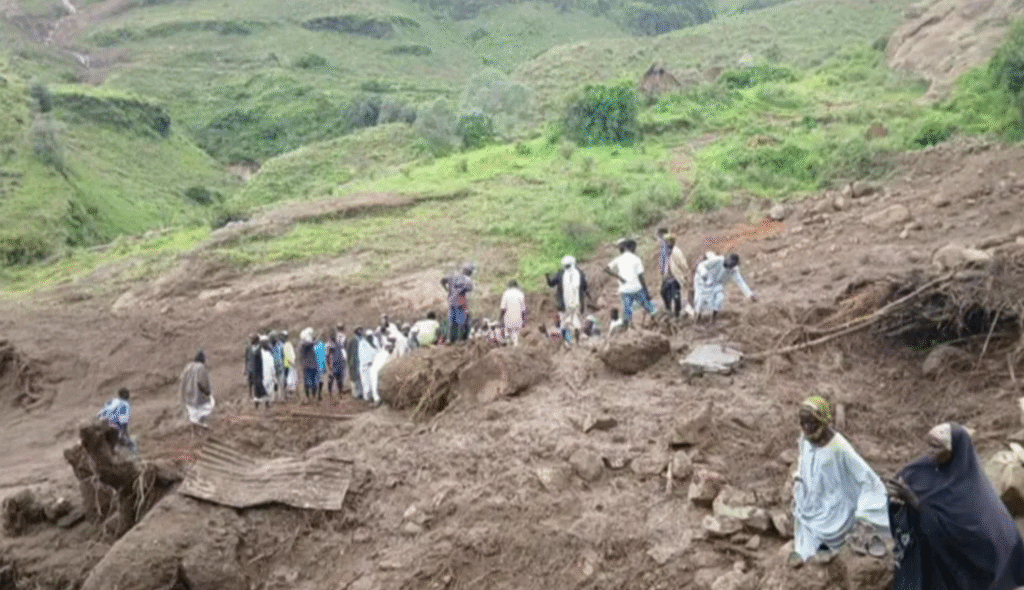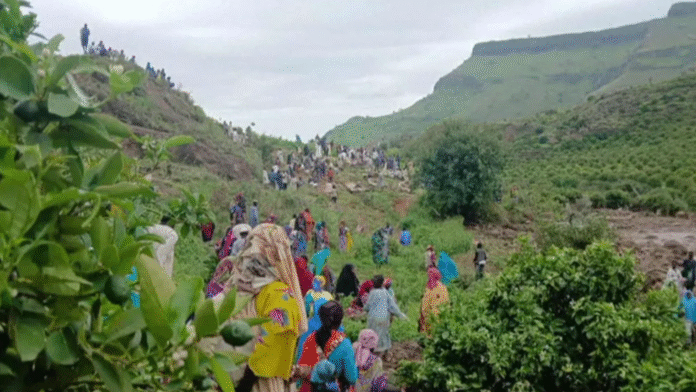Sudan Landslide Tragedy: 7 Shocking Facts You Must Know
The Sudan landslide tragedy has gripped global attention after hundreds of lives were lost in the Marra Mountains. With rescue efforts hindered by weather, conflict, and geography, this disaster has exposed the fragility of humanitarian access in Sudan. Here’s a closer look at everything we know so far and why this catastrophe is being called one of the deadliest natural disasters in the region’s recent history.
1. The Death Toll and Scale of Devastation
According to United Nations officials, at least 370 people have been confirmed dead after days of heavy rainfall triggered a massive landslide in the Marra Mountains, western Sudan. Some local groups, including the Sudan Liberation Movement/Army (SLM/A), claim the number of victims could be much higher, possibly closer to 1,000 people.
The landslide reportedly wiped out most of the village of Tarseen, leaving only one known survivor. Witnesses described entire homes being swallowed by mud and rock, with families buried beneath the rubble.
2. Why Relief Efforts Are Struggling
The Sudan landslide tragedy has been made even worse by logistical challenges. Antoine Gérard, the UN’s deputy humanitarian coordinator for Sudan, explained that aid delivery is painfully slow.
Without helicopters, relief trucks must travel through dangerous, rain-soaked, bumpy roads, often taking days to cross a single valley. The rainy season has further complicated efforts, as flooding continues to cut off access to critical areas.
The SLM/A, which controls the affected territory, has urgently appealed for assistance from both the UN and international organizations. But delivering food, shelter, and medical support to survivors remains a monumental challenge.
3. Displacement and Conflict Compounding the Crisis
This is not just a natural disaster, it’s a crisis within a crisis. Many of those impacted by the Sudan landslide tragedy were already displaced by Sudan’s ongoing civil war.
Since April 2023, conflict between the Sudanese army and the paramilitary Rapid Support Forces (RSF) has forced more than 12 million people from their homes. The Marra Mountains had become a refuge for civilians fleeing violence in Darfur. Tragically, these same communities have now been hit by the landslide.
4. Calls for International Assistance
Local leaders and international organizations are calling the disaster a “humanitarian tragedy.” Darfur’s army-aligned governor, Minni Minnawi, urged global aid agencies to respond quickly:
“We appeal to international humanitarian organisations to urgently intervene and provide support and assistance at this critical moment, for the tragedy is greater than what our people can bear alone.”
The African Union Commission has also stepped in, urging all warring parties in Sudan to allow safe passage for aid delivery and to “silence the guns” so humanitarian workers can reach victims without obstruction.

5. Political and Military Complexities
The Sudan landslide tragedy is unfolding against the backdrop of a brutal civil war. The SLM/A, which controls the region where the disaster struck, has largely remained neutral in the conflict but has factions aligned with the Sudanese army.
This fragile balance has complicated aid coordination, as mistrust between armed groups continues to hinder relief operations. Humanitarian organizations are pleading with all sides to set aside political divisions in the interest of saving lives.
6. The Wider Humanitarian Crisis in Sudan
Even before the landslide, Sudan was already one of the world’s most severe humanitarian emergencies. Estimates suggest that up to 150,000 people have been killed in the war since 2023, with accusations of genocide emerging from the Darfur region.
The combination of famine, mass displacement, and now natural disaster paints a grim picture. Aid agencies warn that without swift international intervention, the Sudan landslide tragedy could worsen food insecurity, disease outbreaks, and displacement in an already devastated population.
7. The Global Response
International media outlets have reported extensively on the tragedy, amplifying calls for urgent action. Relief agencies are mobilizing, but the need far outweighs current capacity.
For updates on other major global crises, visit Wil-News World.
The tragedy has sparked debate about climate change’s role in worsening extreme weather events in conflict zones. Humanitarian experts argue that disasters like this highlight the urgent need for long-term resilience and peacebuilding in Sudan.
Final Thoughts
The Sudan landslide tragedy is more than a natural disaster, it’s a human catastrophe layered on top of civil war, famine, and displacement. While survivors await rescue and aid, the world’s eyes are on Sudan. Will the global community rise to the challenge, or will this become another forgotten tragedy?

